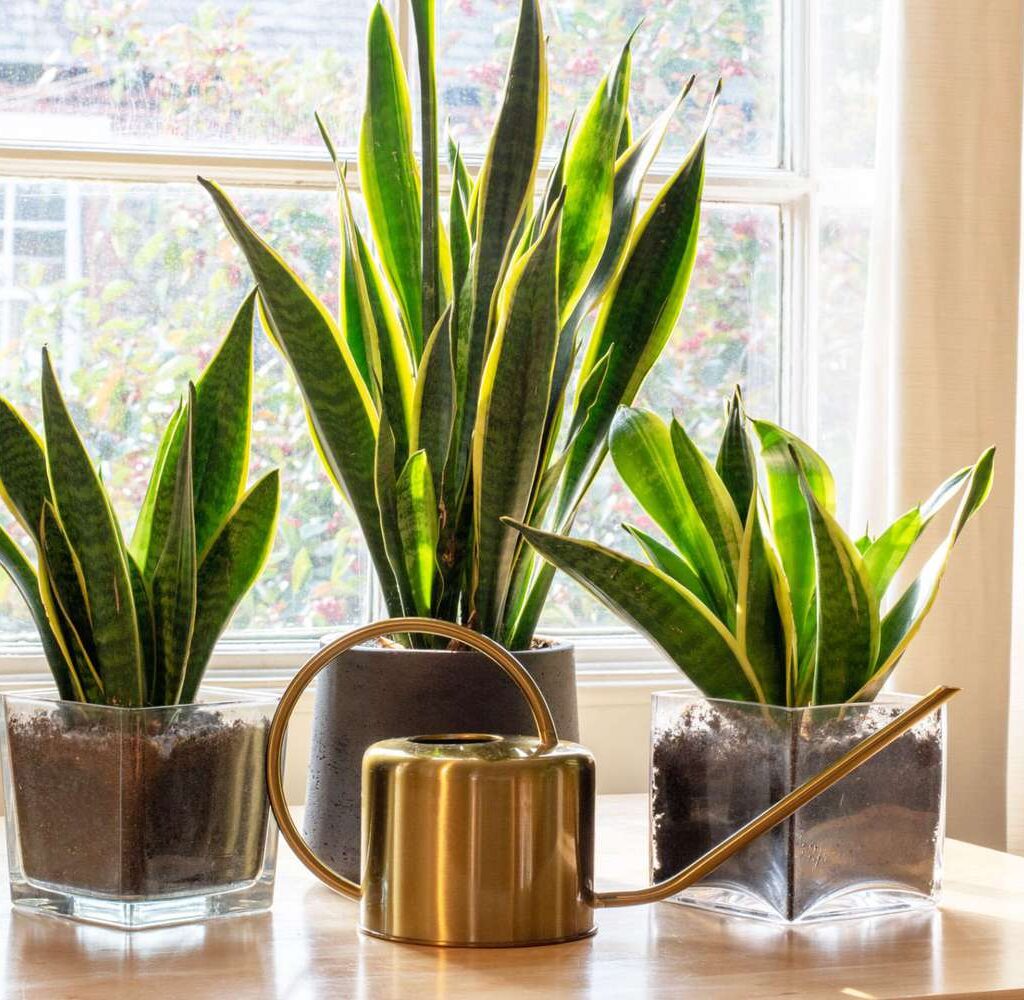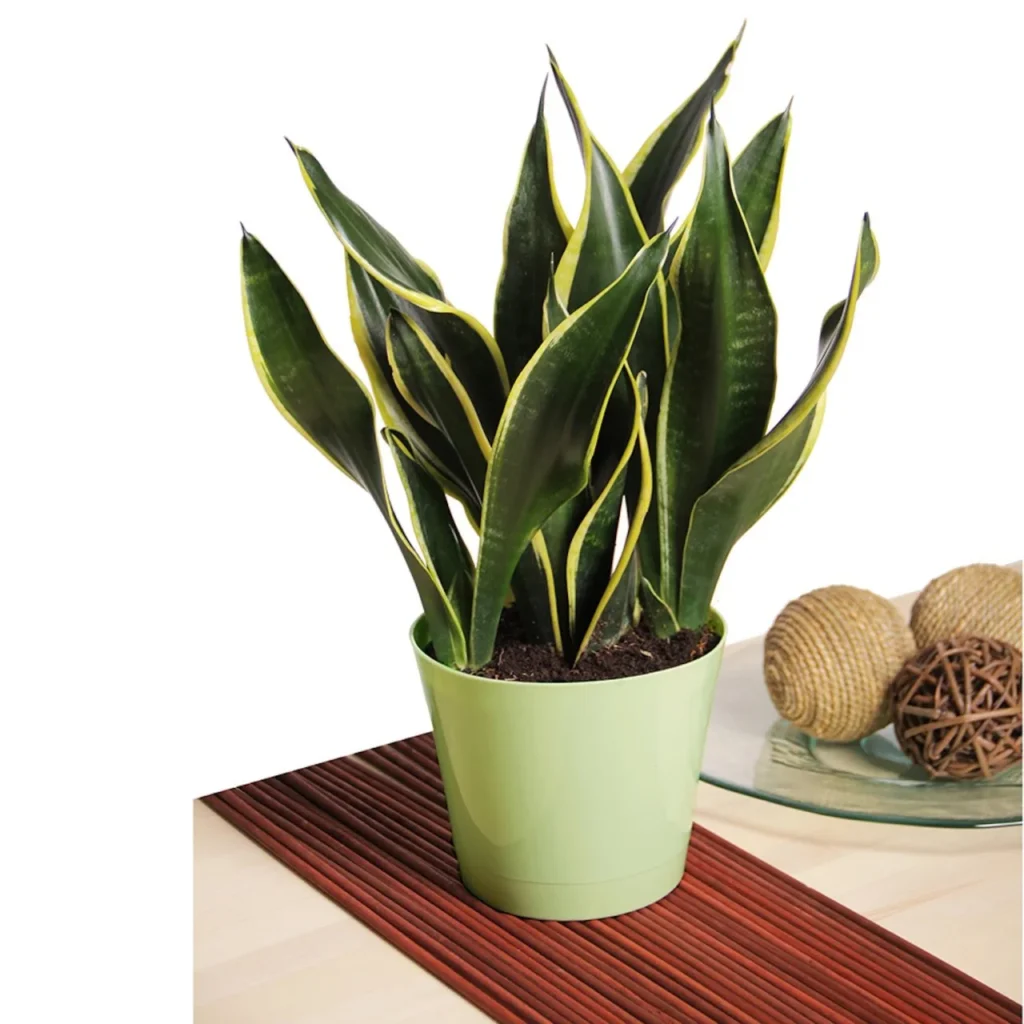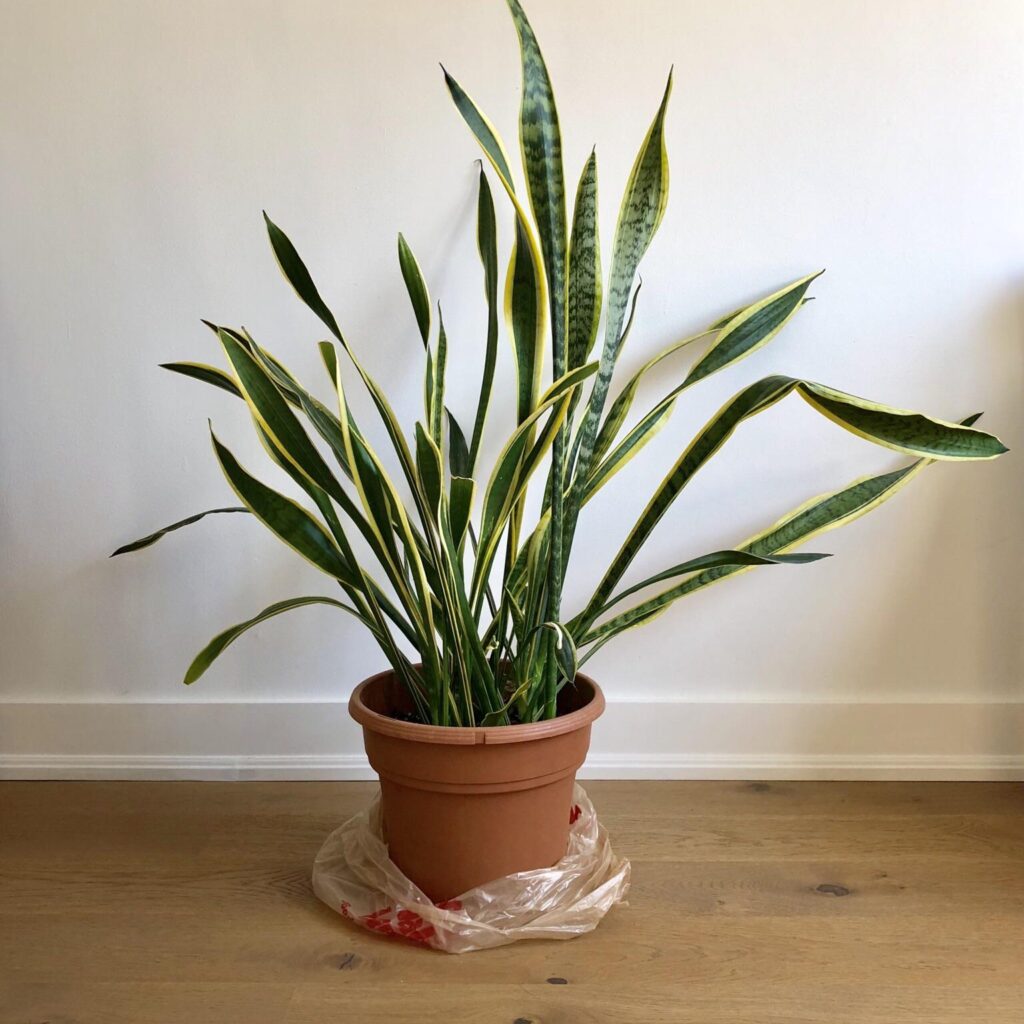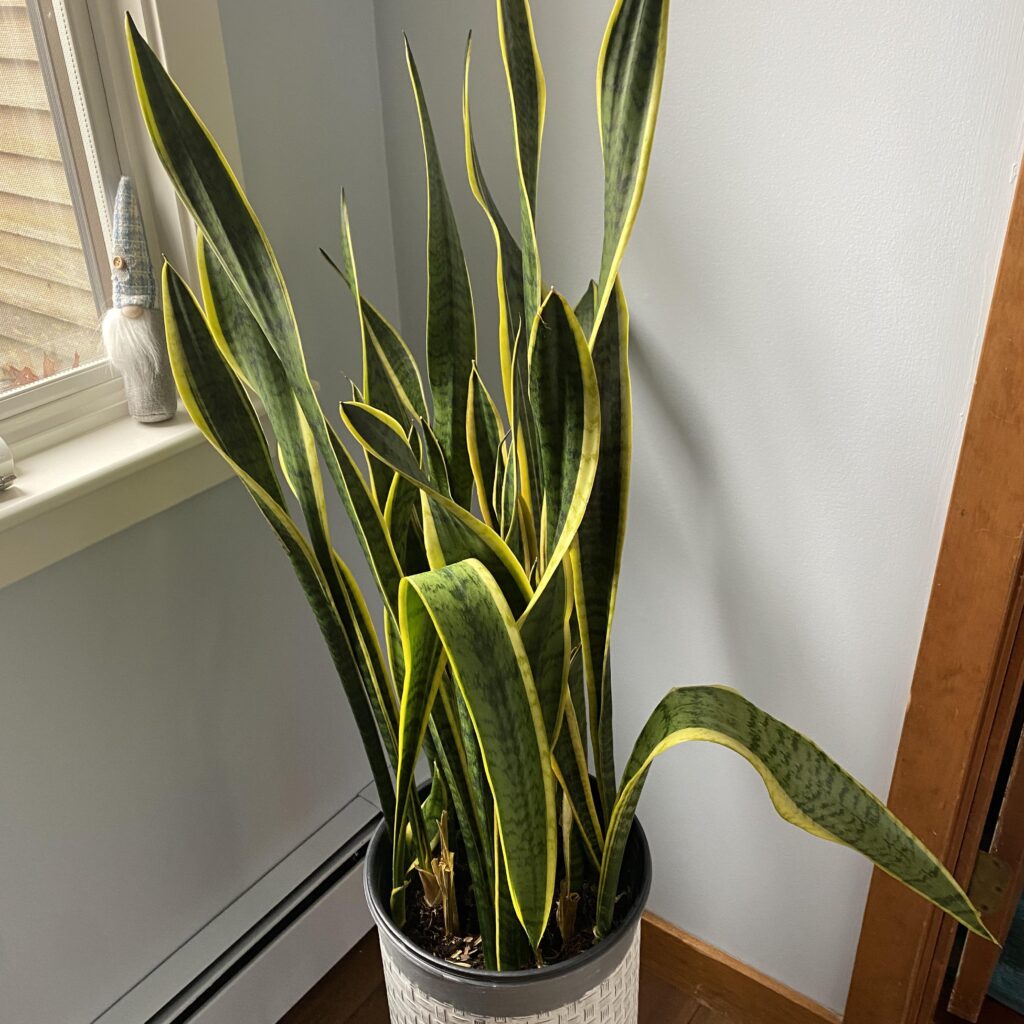Snake plants (Sansevieria spp.), also known as mother-in-law’s tongue, are among the most popular indoor houseplants—and for good reason. They’re low-maintenance, drought-tolerant, and purify indoor air. But even these resilient plants are vulnerable to one common issue: improper watering.
Too much or too little water can both lead to the slow decline of your snake plant. Fortunately, once you understand how to recognize the signs of overwatering vs underwatering, you can correct your care routine and keep your plant thriving.
In this article, we’ll guide you through how to distinguish between these two common issues and offer practical tips for healthy watering.
Why Watering Matters So Much for Snake Plants

Snake plants naturally grow in dry, arid regions of Africa and Asia. Their thick, upright leaves are designed to store water for long periods, which makes them particularly sensitive to overwatering. Yet, like any plant, they still need hydration—just in the right amounts and at the right intervals.
Getting the balance wrong can lead to:
- Leaf discoloration
- Root rot
- Wilting
- Pest infestations
Let’s explore how to spot the difference between overwatering and underwatering symptoms.
Signs of Overwatering a Snake Plant

Overwatering is the number one killer of snake plants. These signs indicate your plant may be getting too much water:
1. Mushy or Soft Leaves
The first and most obvious sign of overwatering is soft, mushy, or squishy leaves. Healthy snake plant leaves are firm and upright. When overwatered, they become weak and soggy due to excess internal moisture.
2. Yellowing Leaves
Yellow leaves are often a sign of water stress. In the case of overwatering, the roots are suffocating in soggy soil, preventing oxygen from reaching them.
3. Wilting (Despite Wet Soil)
A surprising symptom is wilting, even when the soil is wet. This may seem like underwatering, but in reality, the roots are likely rotting and unable to absorb water properly.
4. Foul Smell from Soil
A musty, sour, or rotting smell from the soil indicates fungal or bacterial growth due to excess moisture—classic signs of root rot.
5. Root Rot
The most serious consequence of overwatering is root rot. When the roots remain in constantly damp soil, they start to decay, becoming brown or black and slimy to the touch.
Signs of Underwatering a Snake Plant

While overwatering is more dangerous, underwatering can still stress your plant. Here’s how to spot it:
1. Wrinkled or Curled Leaves
When a snake plant lacks water, its leaves begin to wrinkle or curl inward. This is the plant’s attempt to conserve moisture.
2. Dry, Crispy Leaf Tips
Another classic symptom of underwatering is brown, brittle tips and edges on the leaves. These will feel dry to the touch.
3. Soil Pulling Away from Pot Edges
If the soil is too dry for too long, it can shrink and pull away from the sides of the pot. This makes it harder for water to penetrate when you finally do water it.
4. Slow Growth or Dormancy
An underwatered plant may enter a dormant state to conserve energy, resulting in stunted growth or no growth at all.
5. Drooping Leaves
While drooping can also occur with overwatering, in dry soil it usually points to underwatering. Check the moisture level to confirm.
How to Check Soil Moisture the Right Way

Before watering your snake plant, always check the soil first. Here’s how:
1. Finger Test
Stick your finger into the soil up to 2 inches deep. If it feels completely dry, it’s time to water. If it’s still slightly moist, wait a few more days.
2. Moisture Meter
A moisture meter provides a more accurate reading. Insert the probe into the root zone; if it reads “dry,” water the plant.
3. Pot Weight
Pick up the pot. Dry soil is lighter, while wet soil feels heavy. With experience, this can be a quick way to judge moisture levels.
How Often Should You Water a Snake Plant?

There’s no one-size-fits-all answer, as watering frequency depends on:
- Season: In summer, every 2–3 weeks. In winter, once every 4–6 weeks.
- Indoor Climate: High humidity means less frequent watering.
- Pot Material: Terracotta pots dry out faster than plastic.
- Soil Type: Use well-draining soil to avoid excess moisture.
General Rule: Water only when the top 2–3 inches of soil are completely dry.
How to Fix Overwatered Snake Plants
Caught early, an overwatered plant can often be saved. Here’s what to do:
1. Stop Watering Immediately
Let the soil dry out completely before the next watering.
2. Remove Damaged Leaves
Cut off yellow, mushy, or rotting leaves with sterile scissors.
3. Check the Roots
Gently remove the plant from the pot and inspect the roots. Healthy roots are firm and white or light tan. Trim away any mushy, blackened roots.
4. Repot in Fresh Soil
If the root rot is severe, repot the plant in a fresh, well-draining cactus or succulent mix.
5. Improve Drainage
Ensure the pot has proper drainage holes. Consider adding sand or perlite to the soil mix to improve airflow.
How to Revive an Underwatered Snake Plant
Underwatering is generally easier to fix. Here’s how:
1. Water Deeply
Water the plant thoroughly until water drains from the bottom. Then let the soil dry before watering again.
2. Soak-Dry Method
Soak the pot in a container of water for 15–30 minutes. This helps rehydrate the dry root ball completely.
3. Trim Damaged Leaves
Remove dry or crispy leaves to promote new, healthy growth.
4. Adjust Watering Schedule
Note how long it takes for the soil to dry and create a watering reminder based on that interval.
Tips to Prevent Watering Problems
- Use a pot with drainage holes to avoid water accumulation.
- Place your snake plant in indirect light—too much shade increases moisture retention.
- Avoid letting the plant sit in a saucer of water.
- Stick to a light watering hand—better to underwater slightly than overwater.
Final Thoughts
Understanding the difference between overwatering and underwatering is essential for keeping your snake plant healthy. While both issues can show similar signs, checking the soil and observing your plant’s behavior will help you spot the difference.
A balanced watering routine, combined with the right soil and container, will ensure your snake plant thrives for years. Remember: less is more when it comes to watering snake plants. Trust their drought-tolerant nature, and they’ll reward you with upright, vibrant growth and clean air.





Leave A Comment